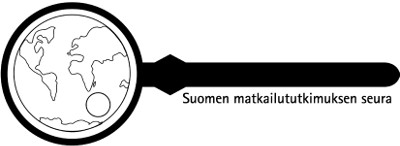National parks in Italy: Sustainable tourism marketing strategies
Avainsanat:
kansallispuistot, luonnonsuojelualueet, markkinointi, johtaminen, kestävä matkailuAbstrakti
In Italy there are different forms of management for protected areas, depending on the type of area, e.g. national or regional parks, natural reserves and marine reserves. The management of national parks is the most consolidated. Every park is managed jointly by a president, a board of directors and a park community, which all together form a board representing every local authority in the area. National parks are under the direct jurisdiction of the Environment Ministry and they are dependent upon it financially. Often they are created in inland and poorly developed areas with problems of unemployment and depopulation. Currently, due to the shortage of funds, the managers of national parks are increasingly conscious of the role of parks in local development and of the need to find economic resources. Consequently, they are thinking of new marketing policies with a strategic approach to governance. Today, protected natural areas have become tourist destinations of increasing importance. They are not seen as places to be preserved intact and turned into museums, but rather as areas that need investment to favour the development of sustainable tourism. For this reason, the strategic aims of parks are increasingly focused on tourist marketing activities aimed at new tourist segments, often market niches, which should create extra wealth and employment whilst respecting the environment. Therefore, to become competitive in tourism, parks must carry out strategic marketing activities, identify the main target markets and create tourism products to be promoted. To achieve these aims... (see the PDF file).






